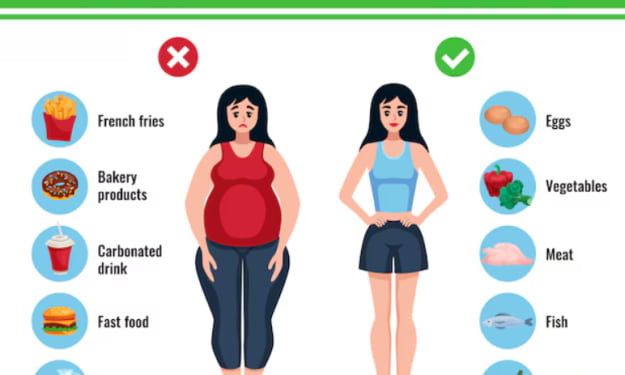
Women are three times as likely than males to suffer from migraines. Females do not begin to differ until they reach puberty. Sixty percent of women get migraines throughout their menstrual cycle. Around 14% of women suffer from migraines that are solely related to menstruation. Could migraines caused by menstruation be purely due to oestrogen? That's akin to stating migraines are just headaches. Migraines are increasingly recognised as much more than headaches. Menstrual migraines are about much more than the body's oestrogen levels fluctuate. The menstrual cycle affects the amounts of serotonin, prostaglandin, norepinephrine, melatonin, and other chemicals. Menstrual migraines are caused by a combination of factors.
Menstrual migraines often begin two days before menstruation and last two days following menstruation. During these five days, an easy alternative is to take naproxen 500 mg twice a day WITH FOOD. Anti-inflammatory medications should be used with meals to help avoid stomach ulcers. If you have a history of ulcers, bleeding difficulties, or an aspirin allergy, don't take it. Naproxen not only helps to avoid migraines, but it also helps to relieve cramps. Over-the-counter vitamins can be beneficial.
Never ever Monophasic birth control tablets tend to help even ladies who don't suffer menstrual migraines. Oral contraceptives can be purchased in packets with various coloured tablets.
Our bodies need calcium and vitamin D to grow and maintain strong bones, as we all know. According to Dr. Alan Gaby's latest book, "Preventing and Reversing Osteoporosis," it requires more vitamins and minerals than we believe to avoid brittle bones, including Vitamins K and B, as well as minerals like magnesium, phosphorus, fluorine, silica, and boron.
The goal is to supply enough combined supplementation to allow our systems to produce an abundance of healthy collagen, which is the connective tissue that gives cartilage and bones their structure. Collagen also 'binds' our cells together, so someone with excellent collagen has healthy-looking skin, but someone with thin, wrinkled skin does not.
When a healthy bone is sliced in half, it resembles a sponge. Calcium, phosphorus, and other minerals are deposited by the body on all of those connective fibres, resulting in strong bones. The perforations give the bone its flexibility, and without enough collagen to deposit the minerals, you won't have healthy bones.
Collagen is a protein composed mostly of amino acids. Some of our needs can be met by our bodies, but we also require additional quantities from meals and supplements, such as lysine and praline. Collagen production also need vitamin C.
We now know how to strengthen bones, but how does menopause effect this process? For up to 8 years, bone loss might be accelerated by the lack of oestrogen caused by menopause or surgical removal of the ovaries. It is generally known that replacing oestrogen reduces the chance of developing osteoporosis.
Women's bones grow more weak as they age, and it's fairly rare for them to shatter bones in the wrist, spine, or hip as a result of osteoporosis. Unfortunately, a fracture, such as a hip fracture, can limit our lifespan, thus it is critical to monitor our bone health.
What can be done to avoid developing osteoporosis after menopause?
To begin, eat calcium-rich foods like sardines, salmon, and seafood, as well as green leafy vegetables like swiss chard, beet tops, kale, mustard greens, collards, spinach, dandelion greens, watercress, parsley, chicory, turnip greens, broccoli leaves, almonds, asparagus, blackstrap molasses, broccoli, cabbage, carob, figs, filberts, Fish oils (such as those found in salmon, mackerel, and sardines), eggs (including the yolks), sweet potatoes, tuna, vegetable oils, and cod liver oil are all high in vitamin D. Vitamin D production can also be boosted by getting 15-20 minutes of sunshine every day.
Exercise is essential; in particular, weight-bearing exercise such as walking, Tai Chi, dance, and weight training should be done at least twice a week to lower the risk of brittle bones. Two to three times a week, including 15 to 60 minutes of aerobic activity. High-impact activities should be avoided, and stretching exercises should be included.
Finally, follow your doctor's or health-care provider's recommendations for high-quality supplements, and don't forget to have fun.
About the Creator
Enjoyed the story? Support the Creator.
Subscribe for free to receive all their stories in your feed. You could also pledge your support or give them a one-off tip, letting them know you appreciate their work.






Comments
There are no comments for this story
Be the first to respond and start the conversation.